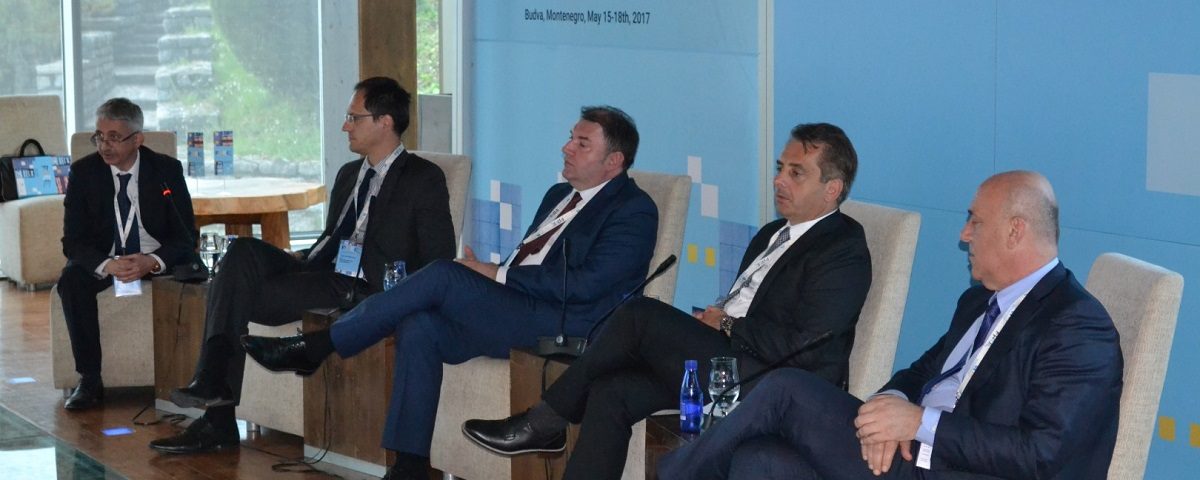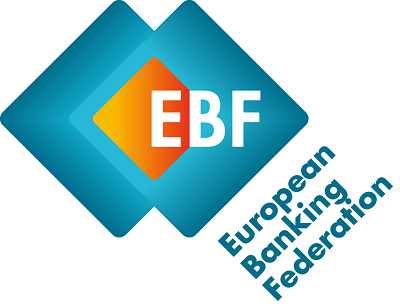Recent FREI organized in Budva has had an interesting panel where Bratislav Pejaković, Secretary General of the Association, was moderator on lending support to tourism. The introduction was made by Darko Radunović, Minister of Finance. The panel was also attended by Zoran Martinovski, representative of International Financial Corporation (IFC) as a part of the World Bank Group, Aleksa Lukić, CEO of Erste Banka, and Dino Redžepagić, executive director in NLB in Podgorica.
Some interesting information on the potential and obstacles in lending to tourism were heard at the panel. One of the questions was asked to Michael Porter, a University Professor at Harvard Business School, on (non) recommending the development strategy through an industry. His position was that one industry and its comparative advantages might influence the overall economy and as a driver could pull forward all other industries from the production to services. The World Travel and Tourism Council – WTTC estimated that the share of tourism in Montenegro’s GDP will grow at an average rate of 8.8% annually until 2024, where the current total share, direct and indirect, of tourism to GDP made 25%-30%. The share of number of employees in tourism in general employment is an important data, which was estimated to grow by 6.2% annually. Currently, total share of employment is estimated to about 18%.
The Minister Radunović indicated in his introduction speech to the importance of tourism through indirect export, where only 15.7% of import is covered by export and its impact on the decline in balance of payment deficit. The Government decided to strengthen the framework for investing in tourism through tax reliefs for hotels in the North having over 4 stars and in the South having over 5 stars. It was indicated to maturity mismatch of sources of funds and expectations of investors for support of 15 years and possibility of syndicated lending. A summary of the current situation in the banking sector of Montenegro is clearly given in this panel mentioning also the obligation of implementing new accounting standards, asset quality review and new banking law which will have higher or lower influence on banks’ capital, liquidity and profitability.
The representative of the World Bank highlighted the problem of infrastructure for the tourism development both in the price of arrivals in Montenegro and quality of roads through Montenegro, where some improvement has been made, but still a lot needs to be done to resolve this problem. It has been also pointed out that the World Bank is willing through the IFC to provide technical and financial assistance for strengthening the infrastructure and through direct financing of infrastructural projects mentioning at the same time the advantage of public and private partnership in financing where the IFC can assist as shareholder up to 30%.
Bankers discussed on good practice of project financing, limits influencing higher placement of funds, pricing, predictability through strong regulatory framework, velocity in resolving disputes, quality of financial statements, and risks they are exposed to. The impact of two recessions in period 2009-2014 was explained and NPLs and their impact on more conservative view of bankers in lending area, where the background of business, experience in project management, cash flow and return on investments were important for bankers to give positive response.
The potential of tourism was also underlined through the WTTC information that 25 million tourists going abroad were registered in 1950, while 940 million tourists were registered in 2016, and it is estimated that over 1.8 billion tourists will travel in 2030. Estimated income from tourism in 2016 in Montenegro was about 900 million euros, while growth of 10% is expected in 2017 where optimists see income even in the amount of 1 billion euros. The trend shows that Montenegro can double income from tourism in ten-year period if no distortions occur. Banking sector in Montenegro, according to the statements from the CBCG, shows high level of solvency and liquidity with a continuing growing trend of the most important balance sheet positions, including banks’ capital, deposits and loans and a constant decline in the share of NPLs. To that end and according to the quality of the presented projects, stronger lending support of banks is expected.




